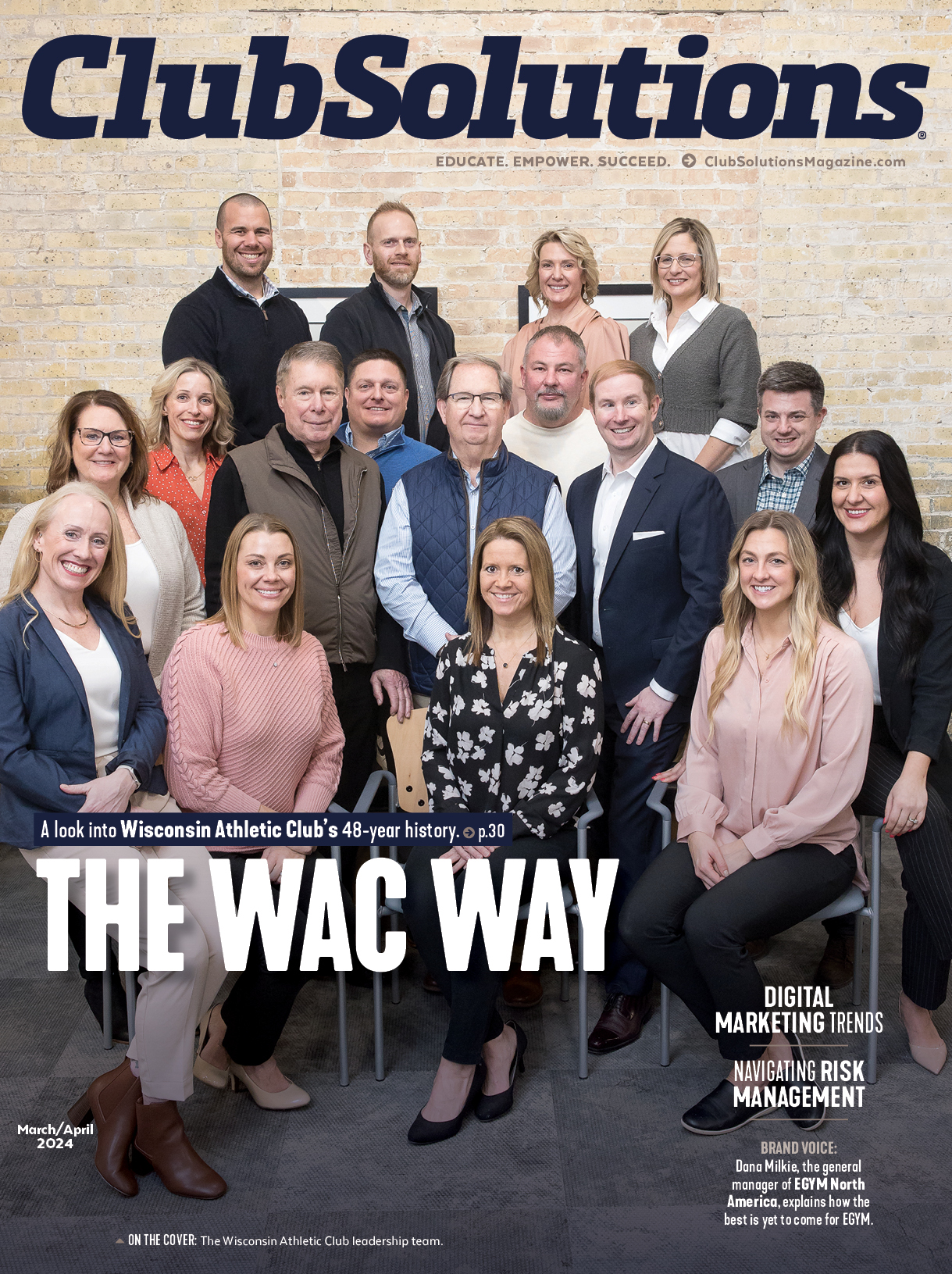Many of us grew up wanting to be professional athletes. A very small, fortunate, number of us made that dream a reality. However, just because most of our clients don’t get paid to play sports, doesn’t mean they aren’t athletes. We work with high school athletes, weekend warriors, pick-up ball players, recreational skiers — you name it. And just like professional athletes, our athletes also need sports injury rehabilitation. Despite the age or athletic ability of your clients, there are several key factors that can help you get them back to their field/court/mountain more quickly.
Build the Right Team
This first point is especially true for our younger athletes, but can make a significant difference for every client when it comes to sports injury rehabilitation. Your team should include the client’s surgeon or physical therapist, a family member (or parents if it is a child), the athlete, and you. The main objective of this team is to make sure we all keep the athlete motivated and focused. The thought of missing the rest of the season or coming across a setback can bring a negative mindset, and it’s up to this team to keep pushing the athlete forward.
Knowledge Network
Don’t be afraid to ask others for advice. Education surrounding sports injury rehabilitation is a powerful thing. Talk to other trainers, friends who are doctors, physical therapists, etc., and see what has worked for them in the past. Not every athlete is the same, so the more information you can gather from fellow professionals, the better off you and your client will be.
Patience
Athletes are active people by nature. Sometimes injury does not allow them to be as active as they are used to, and it can get frustrating, both physically and mentally. It is your job to keep them grounded and go at the correct pace. Depending on the injury, recovery time for any type of sports injury rehabilitation could be months. Set realistic expectations from the outset. If you get there sooner, great!
While younger athletes can begin strength, plyometrics and simple agility drills following physical therapy, our older athletes need to spend extra time strengthening the muscles surrounding the injury. Because older adults are more susceptible to repeated injury, reinforcing the area around the injured site can help prevent additional missed time in the future.
Trust
If this is the first time you are working with this athlete, trusting each other is important. The client needs to believe that what you are having them do, no matter how simple or demanding, is helping them return to the field. In exchange, you need to trust that they are maintaining the correct recovery schedule outside of the gym (stretching, at home exercises, etc.).
Not only is the trust between trainer and athlete important, but the athlete needs to be able to trust him or herself. Trusting a knee after a torn ACL or a shoulder after a torn rotator cuff is difficult. Remember to explain the reason for each exercise or drill and how it fits into the bigger picture. Encourage them to keep going and to trust the sports injury rehabilitation process.
There is no better feeling than the sense of satisfaction a trainer feels when watching a client hit his or her first jumper after eight months of nursing a torn ACL, or complete that first half-marathon mud run following a foot fracture. That’s why we do what we do. Hopefully these four keys allow you to help your athlete get back in the game sooner.
Andrew Haberman, B.S., NASM-CPT, is a personal trainer at Newtown Athletic Club.











